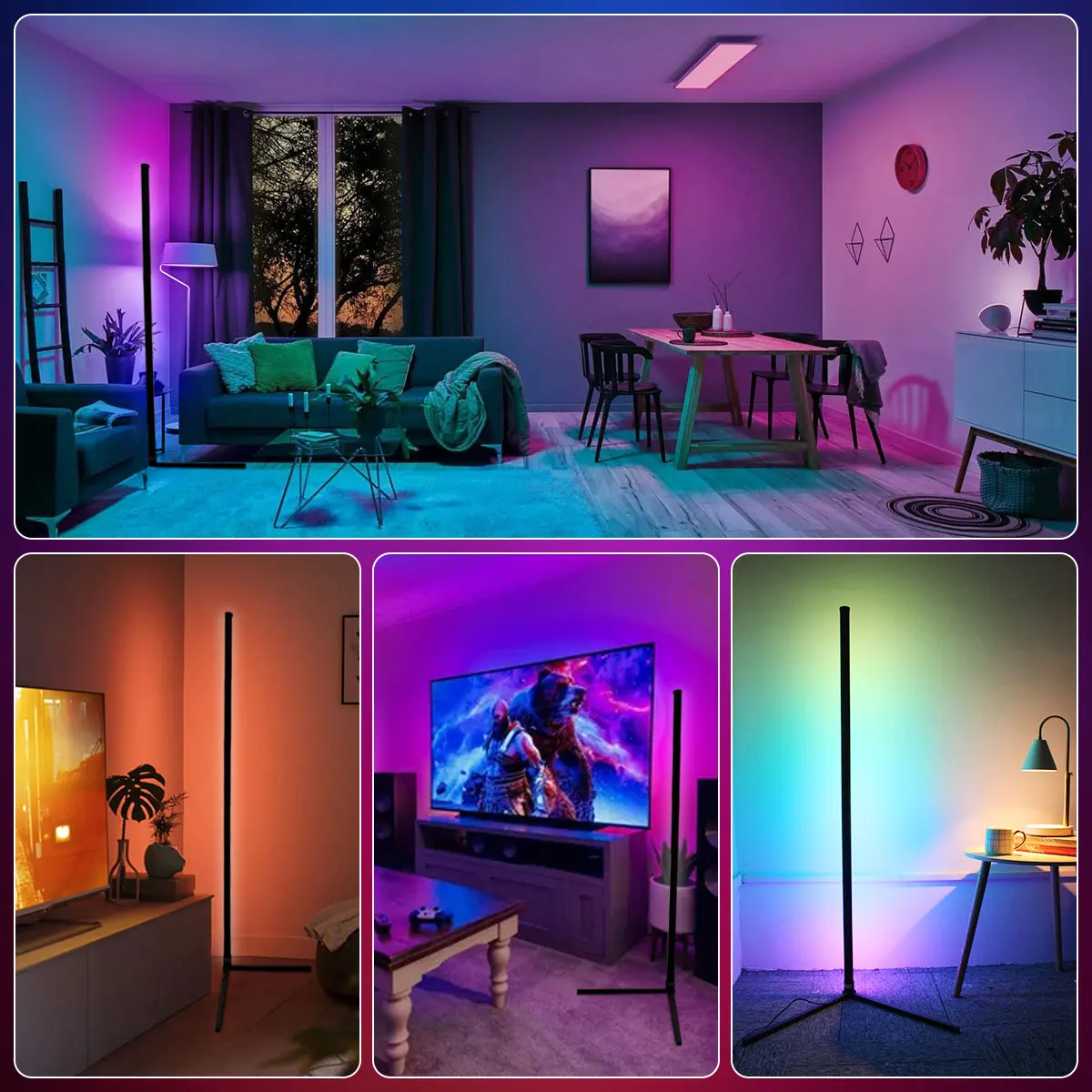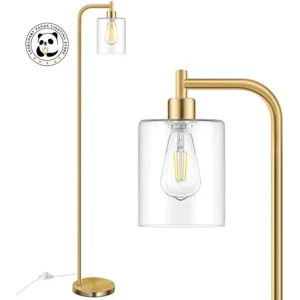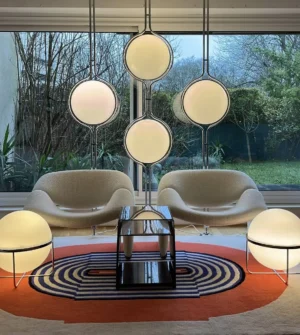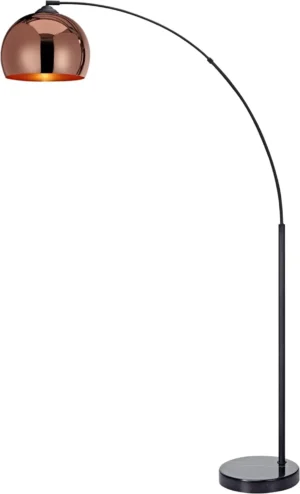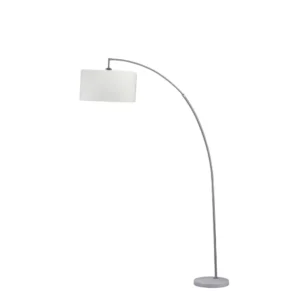Understanding Arc Lamps: Definition and Basic Function
An arc lamp is a type of electric light that produces illumination by creating an electric arc between two electrodes. Unlike other lighting technologies, arc lamps generate an incredibly bright, intense light that was unmatched by any artificial light source when first developed. This powerful illumination occurs when electricity jumps across a gap between two conductors, creating a visible arc of glowing plasma.
The fundamental principle behind arc lamps is remarkably straightforward: when electricity flows through two electrodes with a gap between them, it ionizes the air or gas in that space, creating a luminous electric arc. This arc produces a distinctive blue-white light with brightness levels that can reach several thousand lumens – significantly more powerful than candles or gas lamps that preceded it. The characteristic crackling sound and intense brightness made arc lamps immediately recognizable.
Arc lamps represent one of humanity’s first successful attempts at electric lighting, establishing the foundation for our modern illuminated world. Their development marked a revolutionary departure from flame-based lighting that had dominated for thousands of years. Understanding the evolution and applications of this groundbreaking technology provides valuable context for appreciating today’s choosing perfect arc floor lamp options, which draw inspiration from these historical innovations.
Historical Development: The Birth of Electric Illumination
The story of the arc lamp begins with Sir Humphry Davy, who first demonstrated the electric arc phenomenon by connecting two carbon rods to a powerful battery and bringing them close together. When he pulled them slightly apart, electricity jumped across the gap, creating a brilliant arc of light. Though remarkable, these early experiments faced significant practical limitations – the primitive batteries of the time drained quickly, and the carbon electrodes burned away rapidly, requiring constant adjustment.
For decades, arc lighting remained primarily a scientific curiosity rather than a practical lighting solution. The key breakthrough came with the development of automatic regulating mechanisms that could maintain the optimal gap between electrodes as they gradually burned away. This innovation, along with more reliable power sources, transformed arc lamps from laboratory demonstrations into viable commercial products.
The introduction of commercially practical arc lamps represented a profound leap forward in lighting technology. Arc lamps became the first electric lights to move beyond demonstration and into regular use, predating even Thomas Edison’s incandescent bulb. This pioneering technology demonstrated electricity’s potential as a practical light source, fundamentally changing public perception of electrical technology. The purpose of arc lights in pioneering electric illumination cannot be overstated, as they literally and figuratively illuminated the path toward our electrified modern world.
Public Space Illumination: Transforming Urban Environments
Arc lamps revolutionized urban environments by bringing powerful electric light to city streets that had previously relied on dim gas lighting or were left in near-darkness. Mounted on tall poles approximately 20-30 feet high, a single arc lamp could illuminate an area that would have required numerous gas lamps. This superior coverage dramatically transformed nighttime visibility in urban centers, with many cities installing arc lamps in their main streets and squares.
The impact on public safety and nighttime activity was immediate and profound. Streets that had once been dangerous or impassable after sunset became navigable and safer. Public spaces that emptied as darkness fell could now host evening activities. The bright illumination deterred crime and changed how people interacted with urban environments after dark. Areas under arc lighting saw:
- Extended hours for shopping and social activities
- Improved safety and reduced accidents
- Enhanced civic pride in “electrified” districts
- Expanded nighttime entertainment options
- More efficient police surveillance and monitoring
The architectural landscape of cities began evolving to accommodate and showcase electric lighting. Monuments, fountains, and public buildings were illuminated to create dramatic nighttime displays that would have been impossible with gas lighting. The advantages of arc lamps matter in modern lighting discussions because they established the expectation that public spaces should be well-lit after dark—an assumption that continues to shape urban design today.
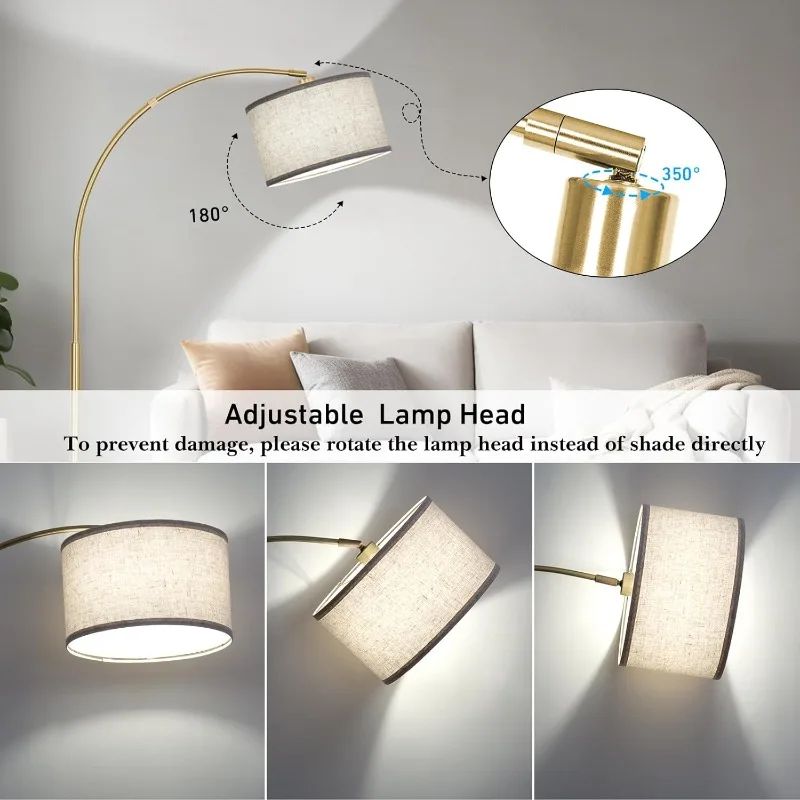
Commercial and Industrial Applications: Powering Productivity
The industrial adoption of arc lighting represented a significant turning point in workplace illumination and productivity. Factories that had previously been limited to daylight hours or dim gas lighting could now operate around the clock with visibility approaching daytime conditions. The powerful output of arc lamps was particularly well-suited for large manufacturing spaces with high ceilings, where a relatively small number of lamps could illuminate entire production floors.
Department stores quickly recognized the advantage of arc lighting for displaying merchandise. The bright white light showed colors more accurately than the yellowish gas lighting, allowing customers to better evaluate textiles and goods. Forward-thinking retailers used this improved illumination as a competitive advantage, attracting shoppers with the novel experience of electrically lit shopping spaces.
Transportation hubs became natural applications for arc lighting technology. Railway stations, with their large covered platforms and waiting areas, benefited tremendously from the broad coverage area of arc lamps. Harbor facilities could load and unload cargo through the night, while train maintenance could occur around the clock. The ability to work efficiently after sunset fundamentally altered transportation economics and scheduling.
Construction projects gained newfound flexibility, as work could continue after sunset when necessary to meet deadlines. The intense illumination of arc lamps could transform nighttime construction sites into productive workspaces, though with distinctive sharp shadows that workers had to adapt to. Many are arc floor lamps good discussions today reference how modern descendants of these powerful lights continue to combine functionality with design in commercial spaces.
Specialized Applications: From Navigation to Entertainment
Lighthouses represented one of the most critical specialized applications of arc lamp technology. The extraordinary brightness of an arc lamp, when coupled with appropriate lenses, could project a beam visible for 20+ miles at sea—significantly outperforming oil lamps that had been the previous standard. This superior range and visibility dramatically improved maritime safety, allowing ships to identify navigational hazards and shorelines from much greater distances, particularly in adverse weather conditions.
Searchlights powered by arc lamps became invaluable tools for military, emergency services, and ceremonial uses. Military installations used powerful searchlights to monitor perimeters and detect approaching vessels or aircraft. These same high-intensity beams could create dramatic effects for celebrations, with beams sweeping across the night sky for grand openings, fairs, and other special events. Their ability to project light over enormous distances made them unmatched for these applications.
The entertainment industry embraced arc lighting for both practical and artistic purposes. Theaters used arc lamps to create dramatic spotlight effects impossible with gas lighting, while also providing overall illumination for larger venues. The controllable, intense beam could highlight performers and create dramatic contrasts that transformed theatrical lighting design.
Perhaps most significantly, early photography studios and film production relied heavily on arc lighting. The high-intensity light and color temperature of arc lamps closely mimicked natural daylight, making them ideal for indoor photography when natural light was insufficient. Early motion picture projectors also used arc lamps as their light source, capable of generating enough brightness to project images onto large screens. When what to look for in an arc floor lamp, many of these specialized lighting principles still apply, with today’s designs drawing inspiration from these historical applications.
Technical Advantages: Why Arc Lamps Dominated Early Electric Lighting
The primary advantage of arc lamps over previous lighting technologies was their unparalleled brightness. A single arc lamp could produce illumination equivalent to hundreds of candles or dozens of gas lamps. This exceptional output made them uniquely suited for lighting large spaces from a single source, with typical arc lamps producing 500-2000 candlepower—far exceeding the 12-16 candlepower of a standard gas lamp.
Coverage area represented another significant benefit. Mounted at appropriate heights, a single arc lamp could effectively illuminate an area up to 250 feet in diameter, allowing municipalities and businesses to light large spaces with relatively few fixtures. This extensive coverage translated to more efficient installation and lower overall system costs despite the higher individual lamp expense.
Arc lamps also produced a distinctive quality of light that more closely resembled daylight than any artificial predecessor. The light spectrum contained more blue and white components compared to the yellowish glow of gas lamps, resulting in better color rendering and greater visual clarity. This improved light quality made detailed work easier and reduced eye strain in industrial applications.
While not necessarily more energy-efficient than gas lighting in terms of light output per energy unit, arc lamps offered several operational advantages:
- No open flames, reducing fire hazards in certain settings
- No consumption of oxygen or production of combustion byproducts
- Instant on/off capability without the delay of lighting gas fixtures
- Greater resistance to wind and weather conditions when properly enclosed
These combined benefits made arc lamps the obvious choice for applications requiring intense illumination, helping to popularize electricity as a practical energy source. Today’s LED arc floor lamp collections continue this tradition of efficient, powerful illumination while incorporating modern technology.
Limitations and Challenges: Understanding Arc Lamp Constraints
Despite their advantages, arc lamps presented several significant operational challenges. Chief among these was the maintenance requirement—the carbon electrodes continuously burned away during operation, necessitating regular replacement. Typical carbon rods might last only 8-12 hours of operation before requiring adjustment or replacement, creating an ongoing maintenance burden for lamp operators.
The excessive brightness that made arc lamps ideal for large spaces proved problematic in smaller environments. The intense light could be uncomfortably glaring, casting harsh shadows and creating visual discomfort when viewed directly. This limitation effectively excluded arc lamps from most domestic and small commercial settings where more moderate illumination was preferred.
Operational issues further complicated arc lamp use. Many designs produced an audible buzzing or hissing sound from the electric arc, creating noise pollution in quiet environments. The light output also wasn’t entirely stable—fluctuations in the electrical supply or changes in the electrode gap could cause noticeable flickering that proved distracting or even headache-inducing with prolonged exposure.
Safety concerns presented additional challenges. Arc lamps generated significant heat—up to several hundred degrees at the arc itself—creating potential fire hazards when installed near combustible materials. They also produced ultraviolet radiation that could cause eye irritation or skin burns with prolonged direct exposure. Modern dimmable arc floor lamp designs address many of these historical limitations, offering adjustable brightness levels that would have been impossible with original arc technology.
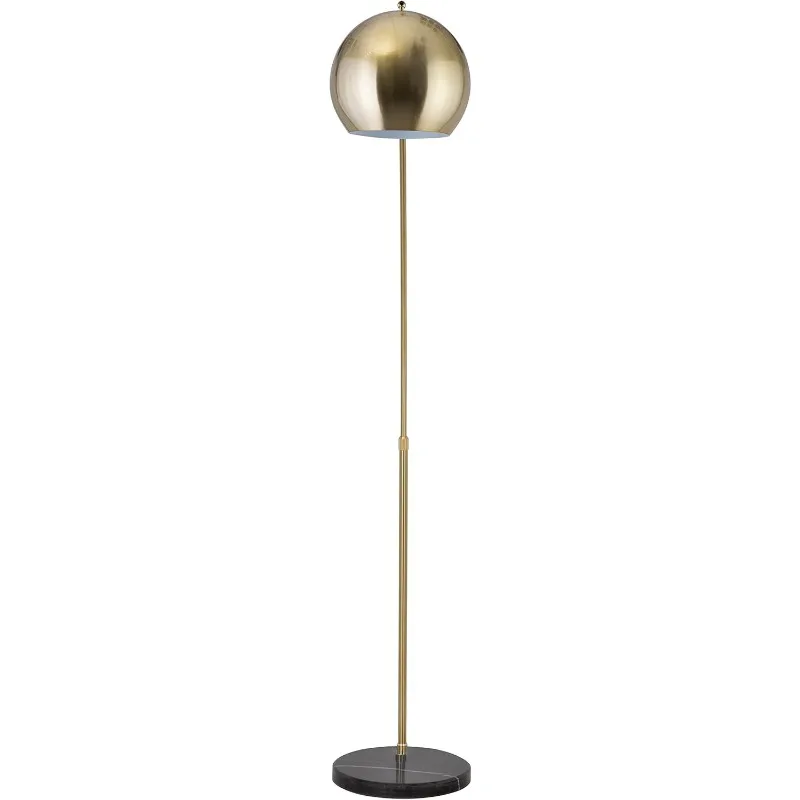
Evolution of Arc Lamp Technology: Adapting to Modern Needs
As arc lamp technology matured, engineers developed numerous refinements to address its initial limitations. Early improvements focused on the automatic regulation mechanisms that maintained the optimal gap between electrodes as they burned away. These evolved from simple gravity-fed systems to more sophisticated electromagnetic regulators that provided more consistent performance and required less frequent adjustment.
The introduction of enclosed arc lamp designs marked a significant advancement. By containing the arc within a specialized glass globe that limited oxygen access, these improved designs dramatically extended carbon electrode life—from hours to days or even weeks between replacements. This innovation significantly reduced maintenance requirements while also containing the noise and reducing fire hazards associated with open arc designs.
Arc lamp technology diversified with the introduction of metallic and gas-filled variants. Flame arc lamps incorporated metallic salts to improve efficiency and modify the light color for specific applications. Mercury vapor arc lamps enclosed the arc in tubes containing mercury vapor rather than air, creating more efficient light production with distinct spectral characteristics useful for specific industrial and scientific applications.
The transition to more specialized high-intensity discharge lamps represents the modern evolution of arc lighting principles. Technologies like metal halide, high-pressure sodium, and xenon arc lamps all derive from the basic concept of light produced by an electrical arc, though with significant refinements in efficiency, light quality, and maintenance requirements. Today’s contemporary arc floor lamp designs often incorporate these advanced lighting technologies while maintaining the elegant curved form inspired by historical arc lamp fixtures.
Legacy and Impact: How Arc Lamps Changed the World
Arc lamps played a crucial role in establishing the early electrical infrastructure that would eventually power modern society. As one of the first practical applications of electricity, they drove the development of power generation and distribution systems. Cities installed generating stations specifically to power arc lighting circuits, establishing the foundation for electrical grids that would later expand to serve many other purposes.
The psychological impact of transforming night into day cannot be overstated. For thousands of years, human activity had been fundamentally limited by natural light cycles. Arc lighting began the process of conquering darkness, extending productive and social hours while changing perceptions of what was possible after sunset. This transformation fundamentally altered work patterns, social interactions, and urban experiences.
Arc lighting demonstrated electricity’s practical value at a time when many viewed it as merely a scientific curiosity or novelty. By providing tangible benefits in public safety and industrial productivity, arc lamps helped convince skeptical populations and conservative businesses that electrical technology offered real advantages worth investing in. This acceptance accelerated adoption of other electrical technologies and systems.
The architectural influence of electric lighting remains evident in urban design today. Building facades began to be designed with nighttime appearance in mind, while urban planners incorporated lighting considerations into street layouts and public spaces. The concept that cities should be navigable and active after dark—now taken for granted—began with the illumination revolution that arc lamps initiated. Interior Ivy’s selection of vintage arc floor lamp designs honors this historical legacy while bringing elegant illumination into modern spaces.
Contemporary Arc Lighting: Where Is It Still Used Today?
While traditional carbon arc lamps have largely disappeared from general use, advanced arc-based lighting technologies continue to serve specialized applications where their unique properties remain advantageous:
High-end cinema projection represents one of the most visible modern applications of arc lighting technology. Professional IMAX theaters and premium projection systems often use xenon arc lamps to generate the extremely bright, consistent illumination needed to project vibrant images onto large-format screens. These specialized lamps produce up to 10,000 lumens or more, creating the immersive viewing experience that defines premium cinema.
Scientific research relies on specialized arc light sources for applications requiring particular spectral characteristics or extreme brightness. Solar simulators use xenon arc lamps to reproduce the spectrum of natural sunlight for testing solar cells and materials. Spectroscopy equipment often incorporates mercury vapor or xenon arc sources to generate specific wavelengths needed for analytical measurements.
High-power searchlights for emergency services and special events continue to use arc-based technology when maximum projection distance is required. These modern units can produce beams visible for miles, making them invaluable for rescue operations, maritime applications, and creating dramatic sky-beam effects for promotional events.
Specialized medical and industrial applications leverage the unique properties of various arc lamp technologies. Phototherapy treatments may use specific types of arc lamps to generate therapeutic light wavelengths, while certain manufacturing processes require the intense UV output that only arc-based sources can provide efficiently.
Contemporary Arc Floor Lamp, Large Arc Floor Lamp, Oversized Arched Floor Lamp
$460.63 Select options This product has multiple variants. The options may be chosen on the product pageAdjustable Arc Floor Lamp, Bronze Arc Floor Lamp
Price range: $440.95 through $558.52 Select options This product has multiple variants. The options may be chosen on the product pageBrass Arc Floor Lamp, Contemporary Arc Floor Lamp, LED Arc Floor Lamp
Price range: $490.72 through $522.04 Select options This product has multiple variants. The options may be chosen on the product pageChrome Arc Floor Lamp, LED Arc Floor Lamp
Price range: $304.95 through $1,210.40 Select options This product has multiple variants. The options may be chosen on the product pageContemporary Arc Floor Lamp, Large Arc Floor Lamp, Marble Base Arc Floor Lamp
$224.94 Select options This product has multiple variants. The options may be chosen on the product pageContemporary Arc Floor Lamp, Silver Arc Floor Lamp
$459.99 Select options This product has multiple variants. The options may be chosen on the product page
The marble base arc floor lamp collections available today demonstrate how historical lighting concepts continue to influence contemporary design, even as the underlying technology has evolved dramatically.
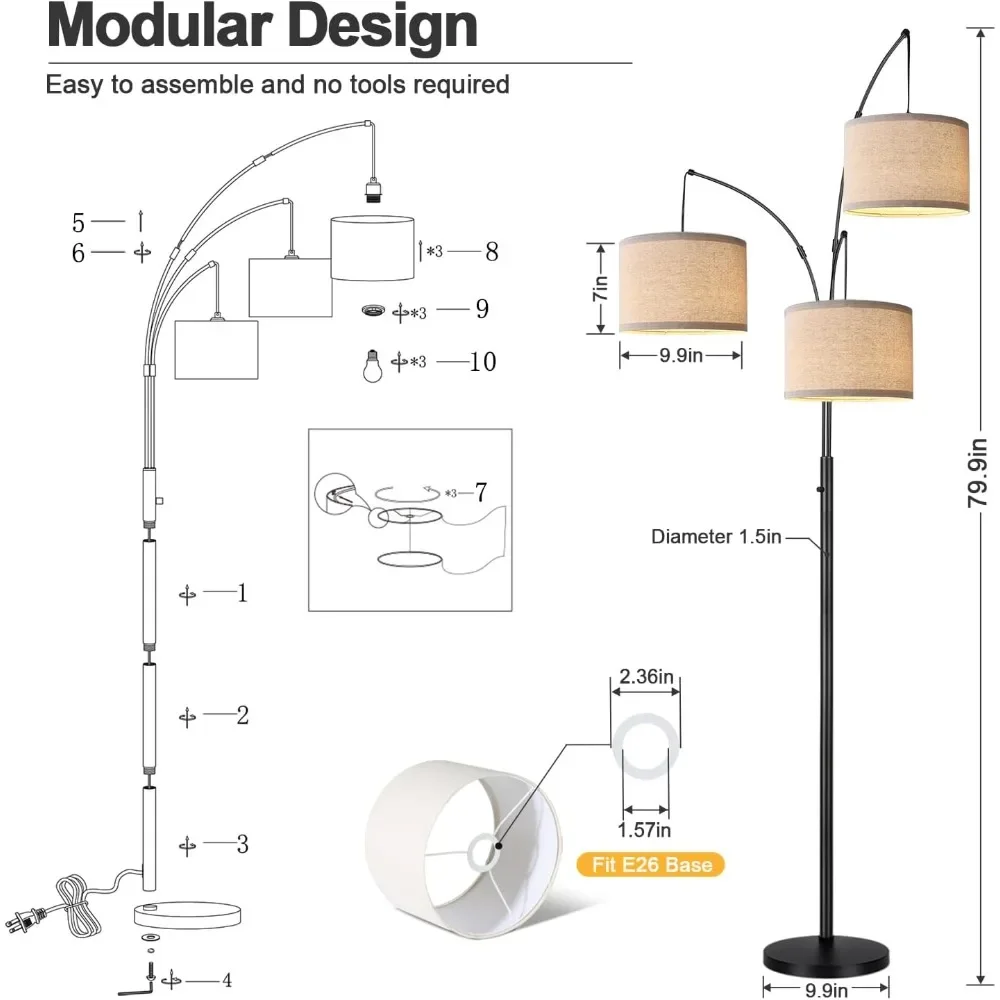
Are Arc Floor Lamps Related to Historical Arc Lamps?
Modern arc floor lamps share a name and visual similarity with historical arc lamps, but function quite differently. While historical arc lamps generated light through an actual electric arc between carbon electrodes, contemporary arc floor lamps are named for their distinctive curved or arched design rather than their light generation method. This curved form allows the light source to extend outward and downward from the base, creating efficient task lighting while maintaining an elegant profile.
Today’s arc floor lamps typically use incandescent, halogen, or increasingly, LED light sources housed at the end of their curved arm. These modern lighting technologies offer greater efficiency, safety, and convenience than true arc lighting, while still providing directional illumination that makes them practical for reading, working, or highlighting specific areas of a room.
The design inspiration connection remains clear, however. Many adjustable arc floor lamp options recall the industrial aesthetics of early electrical lighting while incorporating contemporary materials and finishes. The curved form that originally developed to suspend arc light sources at appropriate heights has evolved into a distinctive design statement that continues to appeal to interior designers and homeowners alike.
How Do Modern Lighting Technologies Compare to Arc Lamps?
Modern lighting technologies have addressed many limitations of historical arc lamps while building upon their strengths. The following comparison highlights how lighting has evolved:
| Technology | Efficiency (lumens/watt) | Typical Lifespan | Light Characteristics | Best Applications |
|---|---|---|---|---|
| Carbon Arc | 2-5 | 8-20 hours (electrodes) | Intense blue-white, high UV | Large outdoor areas, searchlights |
| Incandescent | 10-18 | 750-2000 hours | Warm white, excellent color rendering | Residential, decorative |
| Fluorescent | 50-100 | 7,000-24,000 hours | Range of whites, good efficiency | Commercial, offices |
| LED | 70-150+ | 25,000-50,000+ hours | Versatile color options, highly efficient | All applications, smart lighting |
| Modern Arc-Based (HID) | 50-115 | 6,000-24,000 hours | Very bright, specific spectrum options | Stadiums, warehouses, streetlights |
Each technology serves different lighting purposes, with specialized arc-based technologies evolving into modern high-intensity discharge (HID) lamps like metal halide and high-pressure sodium. These maintain the high brightness of original arc lamps while improving efficiency and lifespan.
Modern technologies have significantly improved upon arc lamp limitations—especially in maintenance requirements and control options. While historical arc lamps required daily attention to replace carbon electrodes, today’s lighting can operate for years without maintenance. Additionally, contemporary options offer dimming capabilities and color temperature adjustments that were impossible with original arc technology.
The modern arc floor lamps available today combine the elegant curved design inspired by historical fixtures with state-of-the-art lighting technology, offering the best of both worlds—iconic styling with contemporary performance.

